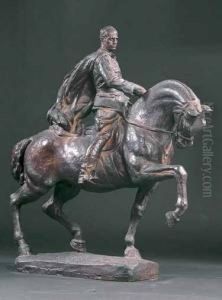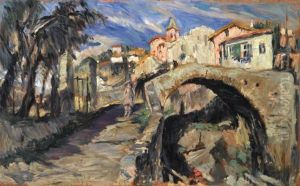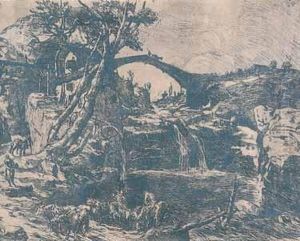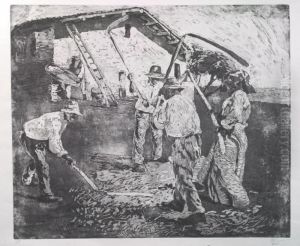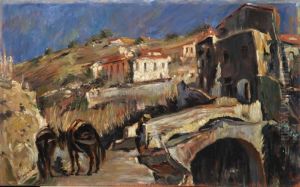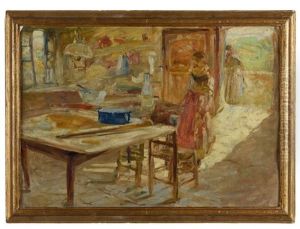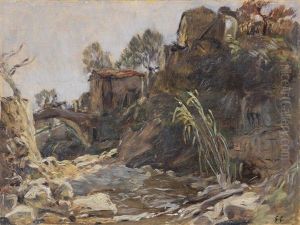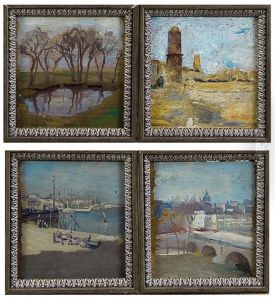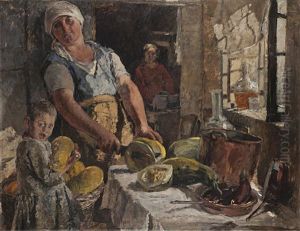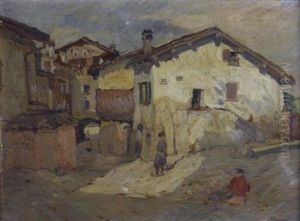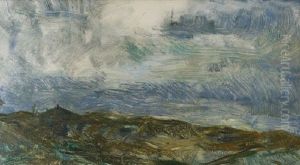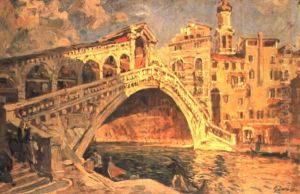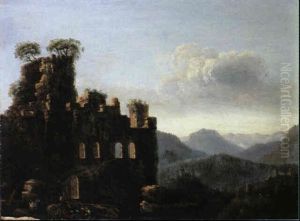Giuseppe Graziosi Paintings
Giuseppe Graziosi was an Italian sculptor, engraver, and illustrator born on September 22, 1879, in Modena, Italy. He was renowned for his sculptures and his works are considered emblematic of the Italian Liberty style, which is the equivalent of the Art Nouveau movement that swept through Europe at the end of the 19th century and the beginning of the 20th century.
Graziosi studied at the Academy of Fine Arts in Modena before moving to the more prestigious Academy of Fine Arts in Florence. His artistic journey was marked by the influence of Art Nouveau and the Secessionist movements, as well as the classical tradition of Italian sculpture. He managed to blend these elements into a personal style that was well received by both the public and critics of his time.
The turn of the century was a period of artistic ferment in Italy, and Graziosi was among those who sought to renew Italian sculpture by infusing it with a sense of movement and emotion, as opposed to the static and idealized forms of the past. His sculptures often featured sinuous lines, elongated forms, and a delicate interplay of light and shadow.
Graziosi's talent was recognized with numerous awards and commissions. He created various monuments, funerary art, and decorative sculptures for public and private clients. Among his notable works are the Monument to Ciro Menotti in Modena and the decorative elements he designed for the Palazzo Ducale in Modena.
During World War I, Graziosi served as a soldier, and his experiences during the war influenced his later work, which took on a more somber and reflective character.
Giuseppe Graziosi died on February 15, 1942, in his hometown of Modena. His legacy is preserved in the Galleria Civica di Modena and in the various public spaces adorned with his sculptures. The Giuseppe Graziosi Gallery of Plaster Casts, housed within the Palazzo dei Musei in Modena, is dedicated to his work and is an important resource for those studying Italian sculpture of the early 20th century.
